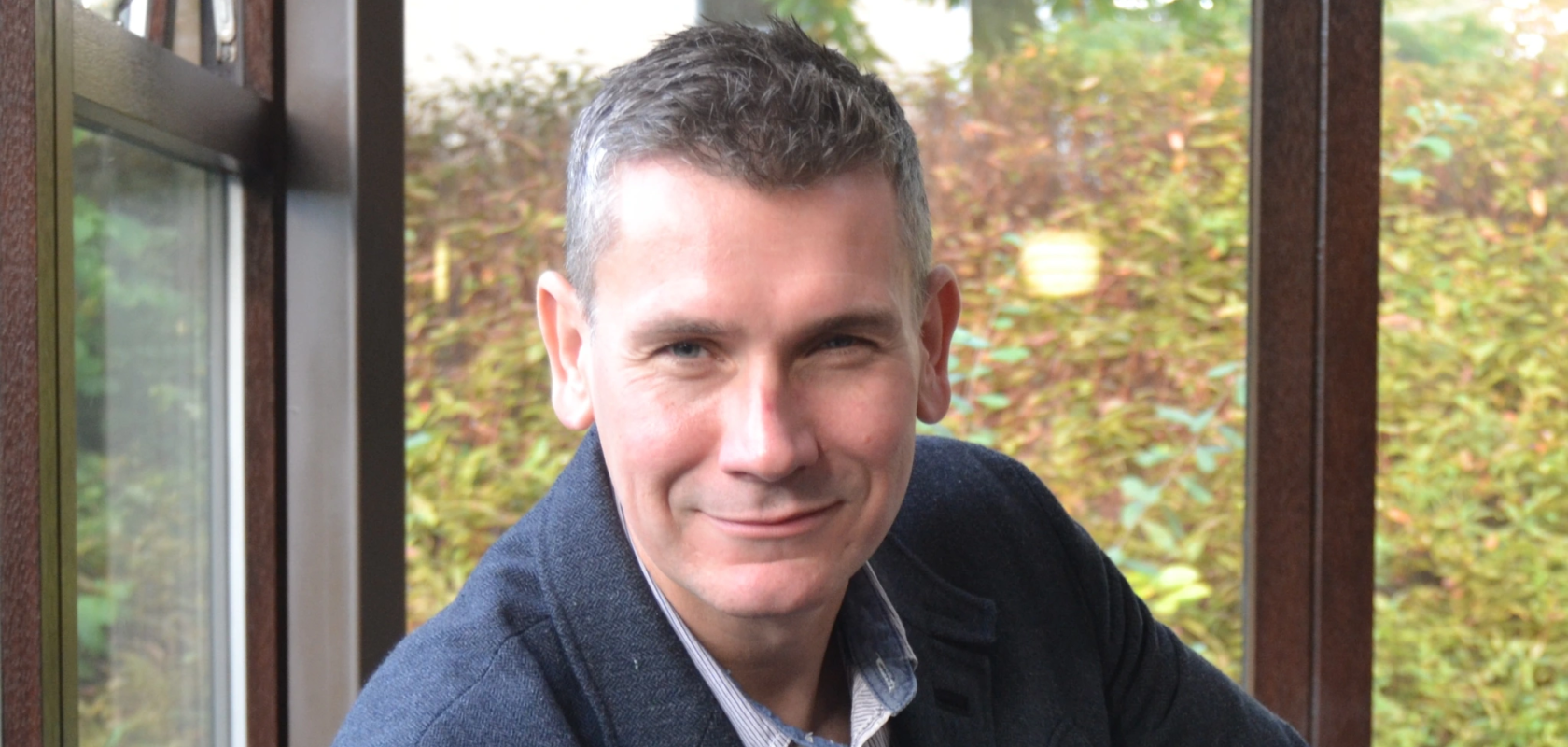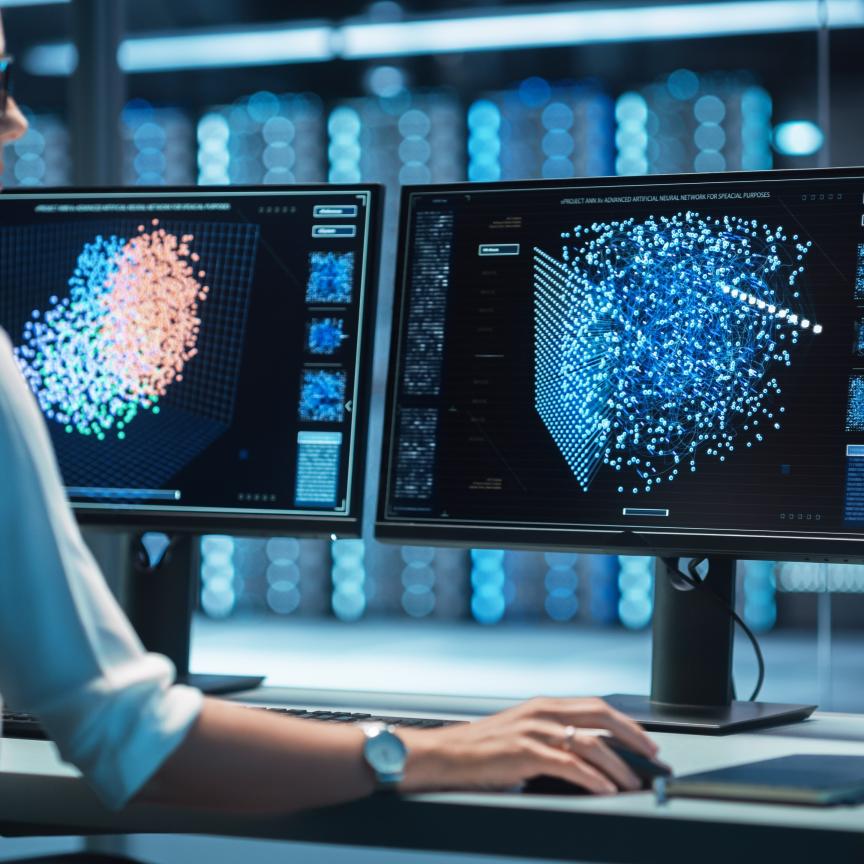Researchers at the University of York are developing the science, engineering, and socio-technology that underpins building a robot for laboratory automation for chemistry and related sciences.
Autonomous Robotic Systems for Laboratory Experiments (ALBERT) is an autonomous robot that conducts laboratory experiments that are cleaner, greener, safer and cheaper than anything achievable with today’s conventional techniques and technologies. York’s Institute for Safe Autonomy, working collaboratively with the Department of Chemistry and other University of York departments, provides international leadership for this research area.
At the London Labs Live event in March, Professor Ian Fairlamb will participate in a panel discussion entitled “Design and verification of safe and reliable lab robots.” The panel will discuss the role of robots in the laboratory and how organisations can take advantage of robotics advances while ensuring safety and reliability.
Can you tell us about your role at York and as co-director of ALBERT?
Fairlamb: I started at the university as an academic in 2001, joining as an organic chemist. I made organic molecules for the drug, pharmaceutical, agrochemical, and materials industries, developing organic reactions from a traditional perspective. The methods we used for reactions were similar to how they would have been conducted since the 1960s. The innovation was in the chemistry tools – focusing on the molecules the catalysts used and making processes more efficient and cleaner.
Around the mid-2000s, I became aware of commercial robotic systems capable of conducting chemical reaction screenings. In my lab, we typically screened reactions one at a time. We used a classic round-bottom flask, mixing everything with all the variables involved, following a relatively slow and laborious process. However, using a tool from Chemspeed systems, we found we could screen reactions in a more high-throughput manner, changing reaction variables in a controlled manner.
By 2011/12, we had built a relationship with ChemSpeed Technologies, based in Switzerland. The company agreed to establish its UK arm within our university environment, which was a game changer for me at that time, as it allowed insight into the technology at a deeper level. A workflow engineer from ChemSpeed was based with us, and we developed a strong relationship, working to integrate this technology into our research moving forward.
High-throughput chemical reaction screening existed long before the 2000s, but this was the first commercial product I encountered. One disadvantage of the system, which is true for all high-throughput commercial systems, was that it was highly integrated and complex, relying on advanced software. While the value of the equipment was clear, the software accompanying it was equally important and became even more critical over time. Both elements were necessary.
What drove the creation of ALBERT?
Fairlamb: We created the York Robotics for Chemistry Lab (opened in 2024). It is a relatively small initiative, but our system works well for us. It serves approximately 30 to 40 researchers, but we aim to expand it in the coming years. ALBERT represents the next level of advancement.
We started considering whether we were designing the right robots for chemistry experiments. My interaction with Professor Ana Cavalcanti, from computer science, and Professor Jim Woodcock, arose from an open conversation about how technology might assist us. This discussion evolved to include colleagues from across the university, spanning various disciplines – not only the core sciences (especially engineering) but also psychology, law, mathematics, and other fields. This led to an organic, bottom-up approach to exploring this topic.
A striking moment for me was when a social scientist observed how humans conducted experiments and interacted with technology in our traditional lab, providing insights into potential improvements. ALBERT is focused on developing new robotics for chemistry labs, incorporating advanced robotics technology, while also questioning whether we are designing the most effective robots for the tasks and how humans will interact with them. One key question is whether robotics can be integrated into a standard chemistry lab while minimising accidents and potential issues. These labs were designed for human use and follow a traditional layout replicated worldwide.
Another question is whether robots should be placed in standard laboratories at all, or if fully automated labs should be created where human access is limited or unnecessary, depending on the chemistry involved. This is where we currently stand. Collaborating with colleagues from different disciplines has been an exciting endeavour. Our fields use distinct terminologies, making communication a challenge at times. My ambition is to develop automated robotic labs through low cost commercial equipment or custom-built solutions. That is my vision for chemistry at this point.
Where can robotics and automation make a significant impact in chemistry research?
Fairlamb: For me, high-throughput screening linked to reaction understanding is one of the most impactful areas. Standard liquid handling units already provide significant capabilities, but robotics' advantage is their ability to interact with these systems.
For example, we use a Schlenk line, a glass apparatus that allows reactions in an inert nitrogen or argon atmosphere. Many of our reactions are oxygen—or moisture-sensitive. This equipment has existed for a long time, but integrating robotic systems with motorised taps and programmable controls would enable fully automated operation, reducing human intervention.
All chemistry experiments undergo rigorous risk assessment and are conducted in the safest environment. However, removing human hands from certain processes would be beneficial to mitigate risk further. Accidents still occur occasionally, and robotics could be crucial in risk reduction.
Another significant concern is the development of novel materials and compounds with unknown biological effects. Many of the molecules we design are intended to have biological or other interesting physical properties, but their effects remain uncertain until tested. As a result, all new molecules must be treated as potentially toxic. Although researchers use protective equipment, employing robotic systems for synthesis (i.e. the direct handling of chemicals) would be a safer alternative.
What is being automated today, and where can scientists further expand the toolkit?
Fairlamb: Many instruments, such as nuclear magnetic resonance (NMR) spectroscopy, are now automated, a common method for characterising compounds. For instance, proton NMR experiments provide insights into molecular connectivity in organic compounds. These experiments are typically queued in an automated system, often using a carousel for sample loading. Students and postdocs place their samples in the system, which runs overnight and provides results by the next day. This process has been effective for a long time.
The same applies to liquid chromatography-mass spectrometry (LCMS), which analyses reaction samples. If a 96-well plate is screened for different reaction conditions, each sample can be queued for LCMS analysis. The samples are processed overnight, and the results are available for data analysis by morning.
Beyond physical automation, data processing is also becoming more automated. Instead of manually analysing reaction outcome data, we now have tools that input results directly into an app, generating trends and correlation maps within days. This process would have taken six to eight weeks just a few years ago.
Advancements in automated data processing have significantly improved efficiency. In the future, robotics has the potential to handle more complex sample preparation tasks. More advanced robotic systems could eventually take over responsibilities currently managed by students and postdocs, further streamlining laboratory workflows.
Can advances robotics be used for sample preparation, do you think that will be a possibility in the future?
Fairlamb: No, but it is not far off. If you look at the incredible facility at Liverpool University, the team there likely already have examples. The main challenge is the cost of robotics, as commercial systems can be expensive. Additionally, the lab must be configured to allow a robot to move around efficiently.
This is where ALBERT plays a role. My colleagues at the Institute for Safe Autonomy emphasise the importance of setting up the environment correctly. I am still learning in this area, but it is a complex challenge for a robot to recognise what it needs to interact with and what it should ignore – including people. I believe this is an area where we will see significant development in the coming years.
There is also a piece of software called Organa. Its developers have set up an electrochemistry experiment with a robotic arm. It performs relatively straightforward tasks but learns as it progresses. Initially, it is given experimental details, and then it conducts a series of experiments based on what it can identify and what it is instructed to do. This approach has significant potential. While it may not be practical for everyday lab use today, it offers insight into what may be possible in the future.
Ian Fairlamb is a professor in the Department of Chemistry at York University and the co-director of Autonomous Robotic Systems for Laboratory Experiments (ALBERT).











